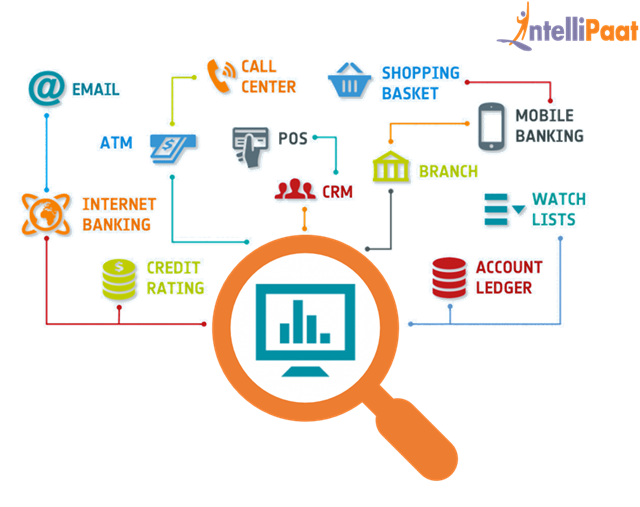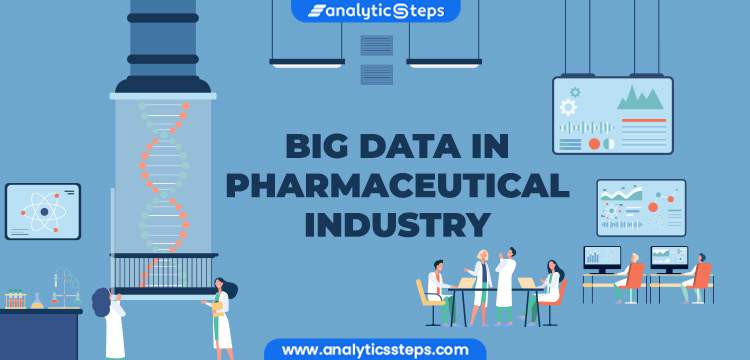Examples of Data Analysis in Various Industries
FIFTH BLOG
Introduction
As an aspiring data analyst, I have had the opportunity to witness the remarkable impact of data analysis across diverse industries. In this article, I will share four compelling examples of how data analysis has been effectively utilized by prominent entities like Facebook, Walmart, Bill James in baseball, and the pharmaceutical industry. These examples serve as a testament to the immense power and versatility of data analytics in driving innovation and informed decision-making.
Before we dive into the topic of the data analysis process, let's understand what data analyst examples are and explore some examples:
- Facebook's blog post and paper on exposure to ideologically diverse information.
They leverage data analysis techniques to understand user interactions and behavior on the platform. By analyzing engagement metrics such as likes, comments, and shares, they gain insights into the popularity and reach of different political content. Facebook also utilizes analytics to optimize its news feed algorithms, ensuring a diverse range of viewpoints is presented to users. Data analytics plays a crucial role in measuring the effectiveness of initiatives aimed at promoting diverse information exposure and informing decision-making processes to enhance the user experience.
2. An article on how Walmart used big data analysis to increase sales.
By harnessing the power of data analytics, they were able to gain valuable insights into customer behavior, preferences, and purchasing patterns. These insights enabled Walmart to optimize its inventory management, personalize marketing campaigns, and enhance the overall customer experience, resulting in higher sales and improved profitability.
3. The Wikipedia page on how Bill James applied data analysis to baseball.
Bill James, a renowned baseball writer, and statistician, revolutionized the game by applying data analytics techniques. Using extensive statistical analysis, James challenged traditional baseball beliefs and introduced advanced metrics to evaluate player performance. His work emphasized the importance of objective data-driven decision-making, enabling teams to make more informed choices in player evaluation, strategy development, and game management.
4. Using data analysis to design pharmaceutical drugs.
Data analysis is extensively used in the design and development of
pharmaceutical drugs. It enables researchers to analyze large datasets
of biological and chemical information to identify potential drug
targets. By studying the structure-activity relationships of molecules,
data analytics helps in the selection and optimization of lead
compounds. It also aids in predicting the pharmacokinetics and toxicity
of drug candidates, reducing the risk of adverse effects. Additionally,
data analysis plays a vital role in clinical trials, analyzing patient
data to assess the safety and efficacy of drugs. Overall, data analytics
enhances the drug discovery process, improving efficiency and
increasing the chances of successful drug development.
Conclusion
Having explored these examples, it is clear that data analysis is a
transformative force in a wide range of industries. As a data analyst, I
am continually inspired by the ways in which organizations leverage
data to gain insights, optimize strategies, and enhance customer
experiences. The potential for data analysis is boundless, and as
technology continues to advance, I am excited to contribute to this
ever-evolving field and unlock new opportunities for growth and success.
By harnessing the power of data, we can continue to make informed
decisions, drive improvements, and shape a data-driven future in our
respective industries.
In my next post, I will delve into the data analysis process, which comprises five essential steps. I will explore each step in detail, discussing the key considerations, methodologies, and techniques involved. By understanding this structured approach, we can effectively extract valuable insights from data, make informed decisions, and drive meaningful outcomes. Stay tuned for an in-depth exploration of the data analysis process and its significance in unlocking the potential of data-driven decision-making.







Comments
Post a Comment